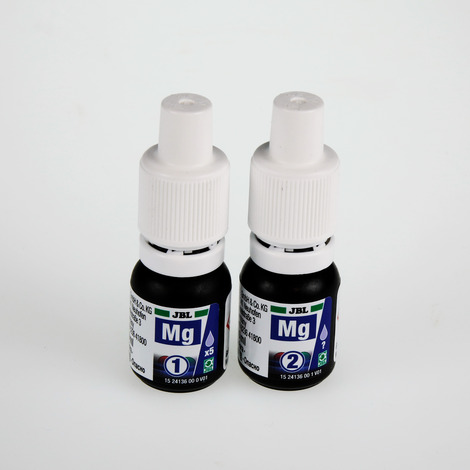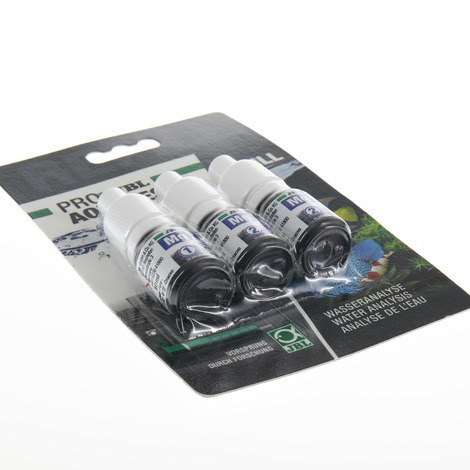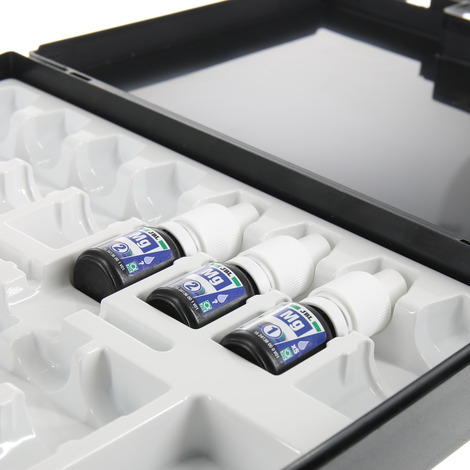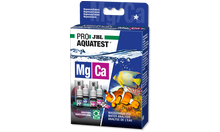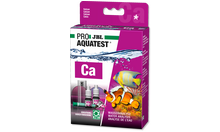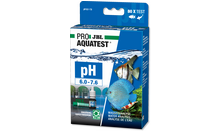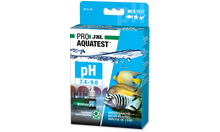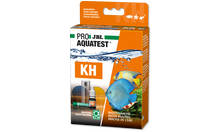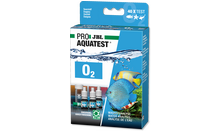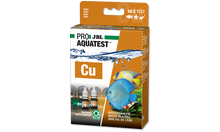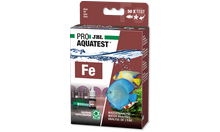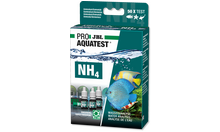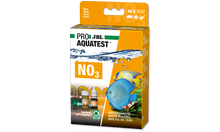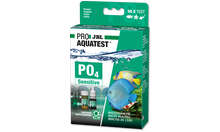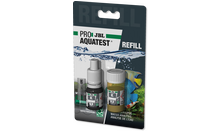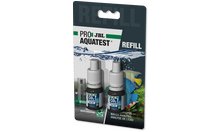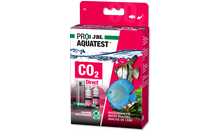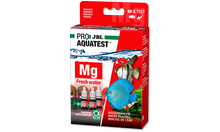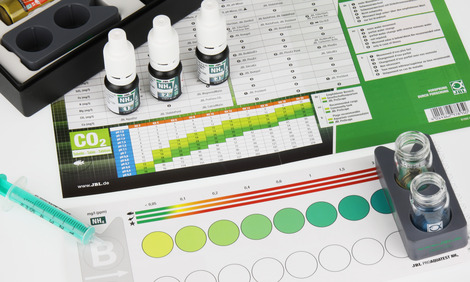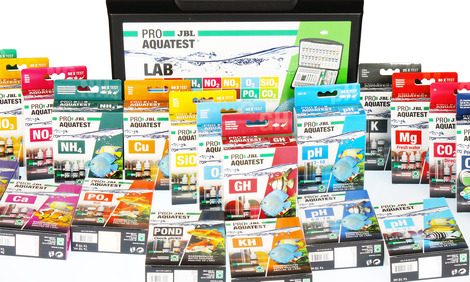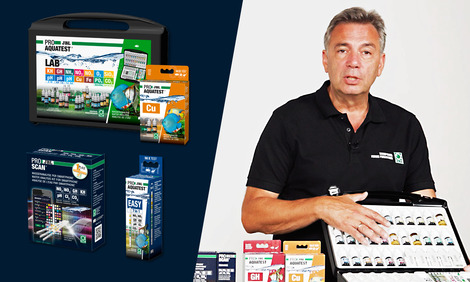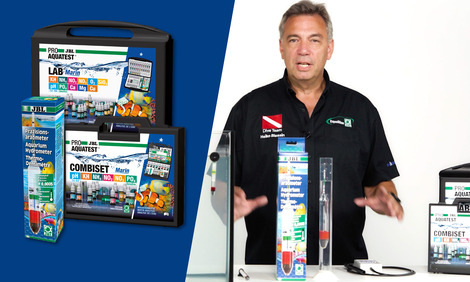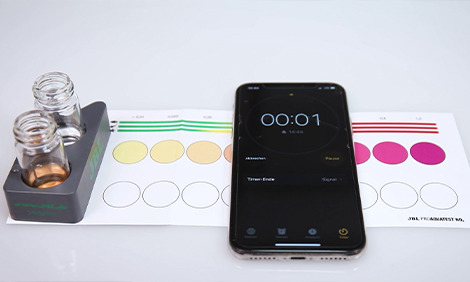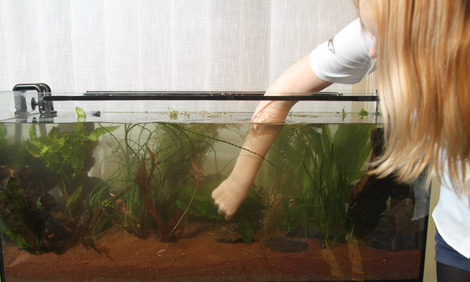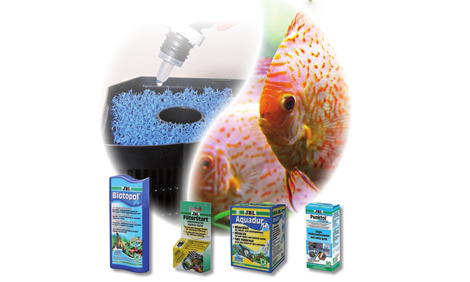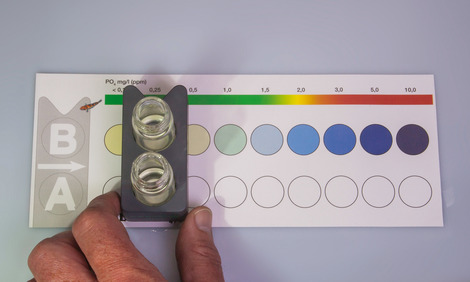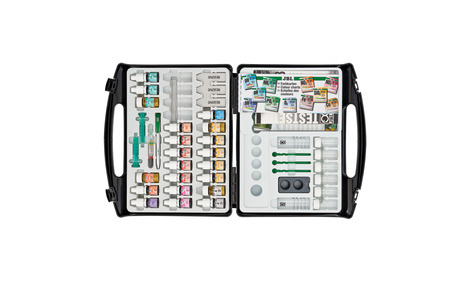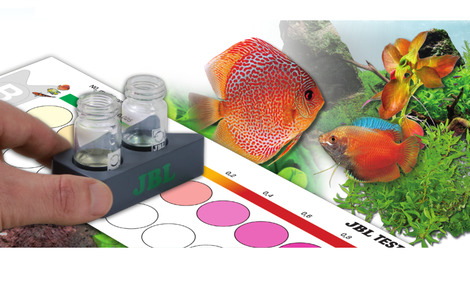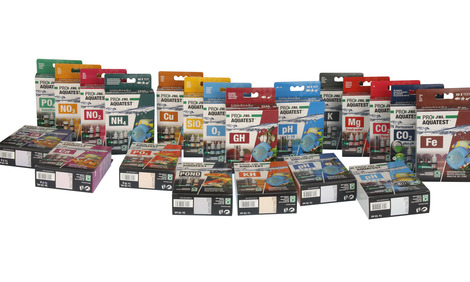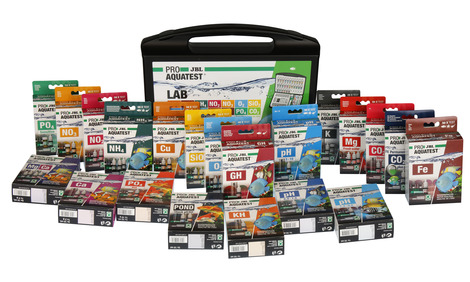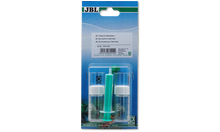Healthy aquariums with conditions close to nature
The right water values are dependent on the fish stock, any algae present and the corals. Even if the water looks clear it can be contaminated. With bad values diseases or algae can appear in the aquarium. To maintain a healthy aquarium with conditions close to nature it is important to check and adapt the water values regularly.
Why test?
Along with calcium, magnesium creates the general hardness. Magnesium is, like potassium, a macroelement, which is necessary for the healthy and vigorous growth of corals. Too low calcium and magnesium levels affect coral growth and prevent beautiful calciferous red algae from growing.
Recommended calcium values:
Marine water aquarium: 1200-1600 mg/l
You can analyse the water values you have measured in the JBL Online Laboratory free of charge and receive recommendations.
In recent years we had observed that our magnesium test with the factor 100 was showing too little magnesium. On expeditions to the “original marine water,” however, we were still able to measure the correct values, and this indicated that the low measurements were due to the artificially prepared marine water.
After that we carried out extensive tests with the various salt mixtures available on the market from various suppliers. The difference to original marine water came from the recently used magnesium salts and trace elements in the sea salt mixture, which caused a deviation of about 20-30%.
After our tests we modified the instructions in order to increase the multiplication factor from 100 to 120 in order to adapt it to the sea salt mixtures currently on sale.
As a result we can once again carry out precise measurements on artificial sea salts by using factor 120. With natural marine water we still use factor 100.
JBL PROAQUATEST Mg-Ca Magnesium-Calcium
Quick test for to determine the magnesium/calcium in marine aquariums
- Simple and reliable monitoring of the aquarium water values. Determines the ideal magnesium and calcium value for vigorous and healthy growth in corals and calciferous red algae
- Easy to use: first carry out the calcium test, then the magnesium test; subtract the result of the calcium test from the result of the magnesium test – the result gives you the magnesium content
- Reach: the number of measurements depends on the level of the calcium and magnesium content
- You will find detailed information and troubleshooting tips about water analysis on the JBL website in Essentials/Aquarium or Pond
- Package contents: 1 test kit Mg and 1 test kit Ca, incl. 5 reagents, 2 plastic cuvettes, syringe and dosing spoon. Reagent refill separately available



